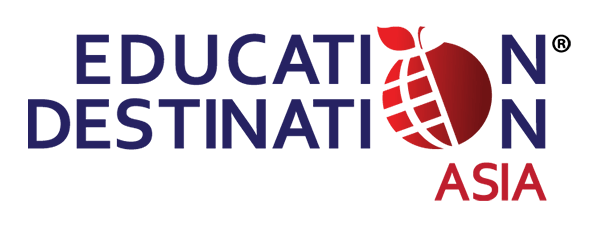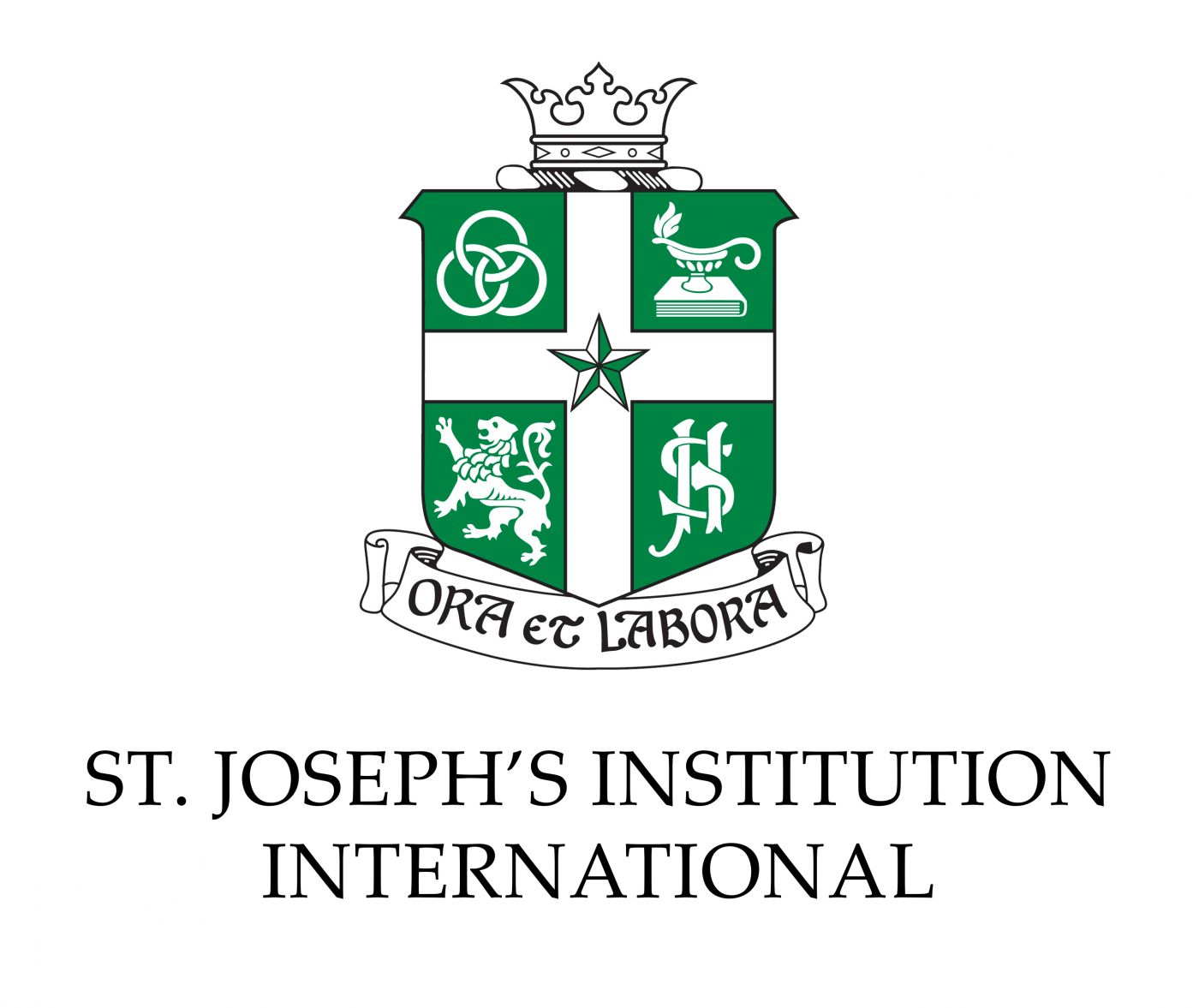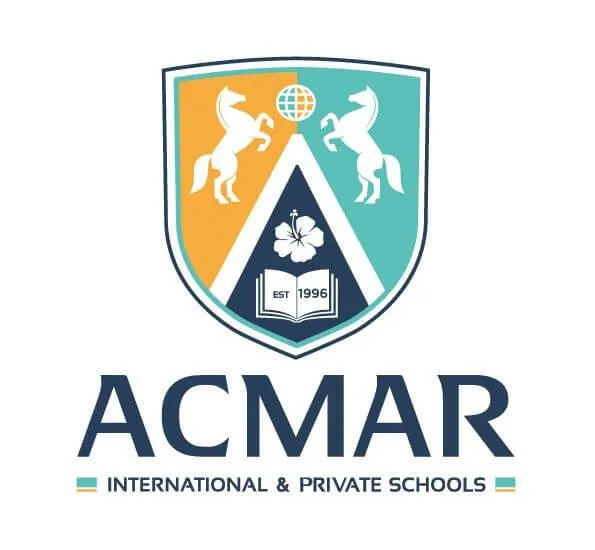What is the French Curriculum?
The French Curriculum is internationally recognised by universities and schools globally. France is the only nation that provides a national teaching system abroad maintained by the school network, Agence pour l’Enseignement Francais a l’Etranger (AEFE). The French curriculum is structured in a traditional yet modern manner. It encourages students to query, examine and reflect through the contexts of the real-world. Moreover, students are to always creatively think of solutions to issues that arise. The French education system produces multilingual students who are culturally aware as they are able to engage with different communities’ despite of their backgrounds.
What are the programmes in the French Curriculum?
There are several cycles of courses that schooling takes place in. While children are required to start primary school at the age of six, many parents choose to enrol their children in preschool at the age of three. The first cycle is the Basic Learning Cycle, Nursery School (école maternelle) from the age of three to six years old. This cycle consists of three sections: Petite Section, which is the equivalent of pre-KG, Moyenne Section, the equivalent of KG1, and Grande Section, the equivalent of KG2.
This will then move on to the second cycle, the Fundamental Learning stage. This cycle mainly focuses on the priority of elementary education by learning the French language and Mathematics. Students will also learn additional core subjects such as literacy, history of art, geography, a foreign language, which is often English, activities for discovering the world, artistic practices which involve visual arts and musical education and many more. This cycle will last for six years. The third cycle is the Consolidation cycle where the development stage is a continuation of the second cycle as new disciplines are introduced as an additional core subject that is inclusive of history, geography, experimental science and technology. This later continues with Secondary: Lower Secondary (collège) from the age of 11 to 15 years old. The purpose of this end of the third cycle is to consolidate the achievements of primary school and initiate students in the working methods of lower secondary education.
Lastly, the fourth and final cycle is the Further Learning stage (Sixième). The stages of Sixième consist of Cinquième, Quatrième, Troisième. This cycle is where students can enjoy a very broad curriculum by taking all of the fundamental subjects. In the Lower Secondary, it is organised by subjects that are inclusive of French, Civic Education, Mathematics, Life and Earth Sciences, History and Geography, Technology, Art, Musical Education, Physics and Chemistry, Physical Education, two Modern languages along with the cross-curricular teaching of the history of art. In the Upper Secondary (lycée), it educates students during their final three years of secondary education where three common baccalauréat, also known as séries, is available for students who have different interests and skills. The stages of the Upper Secondary are Seconde, Première, Terminale. Students who are keen to proceed to higher education will need to undertake a baccalauréat in an area that is related to their intended future field of study or career.
How is the assessment monitored?
Parents of students will receive a report three times a year (livre scolaire) on their child’s progress in the curriculum. Even though there is no standardised assessment, both assessments are continuous and periodic. The marking system is also a notation that usually states whether the student “achieved”, “not achieved”, “partially achieved”, or “excelled”. Usually, two or three regular meetings are organised by the school every year and if on demand by parents or teachers, they will schedule.
What are the procedures and examination system?
At the end of Sixième (Troisième), students are seated in the examination to gain the Diplôme national du brevet (DNB) which assesses the knowledge and skills that the students have learned in lower secondary. Coursework is taken into account which is inclusive of three written examinations in French, Mathematics, Civic Education, History and Geography, and an oral examination in Art History. At the end of the last year of secondary (Terminale), students will need to sit the baccalauréat examination, the first higher education diploma, which designates the holder of the diploma holders to enrol the university.
Why choose the French Curriculum?
Students who take up French Curriculum are taught to truly respect academic prowess and independence, emphasis on the cultural knowledge and analytical thinking skills. With 495 schools in 137 countries for over 340,000 students, splitting 60% for non-French Nationals and 40% French nationals, a worldwide network of schools are offering this one unique curriculum. Moreover, it is an easy transfer for students from one French school to another in another country without having to go through any examinations. In addition, the French Baccalauréat is also a diploma that is internationally recognised.






























